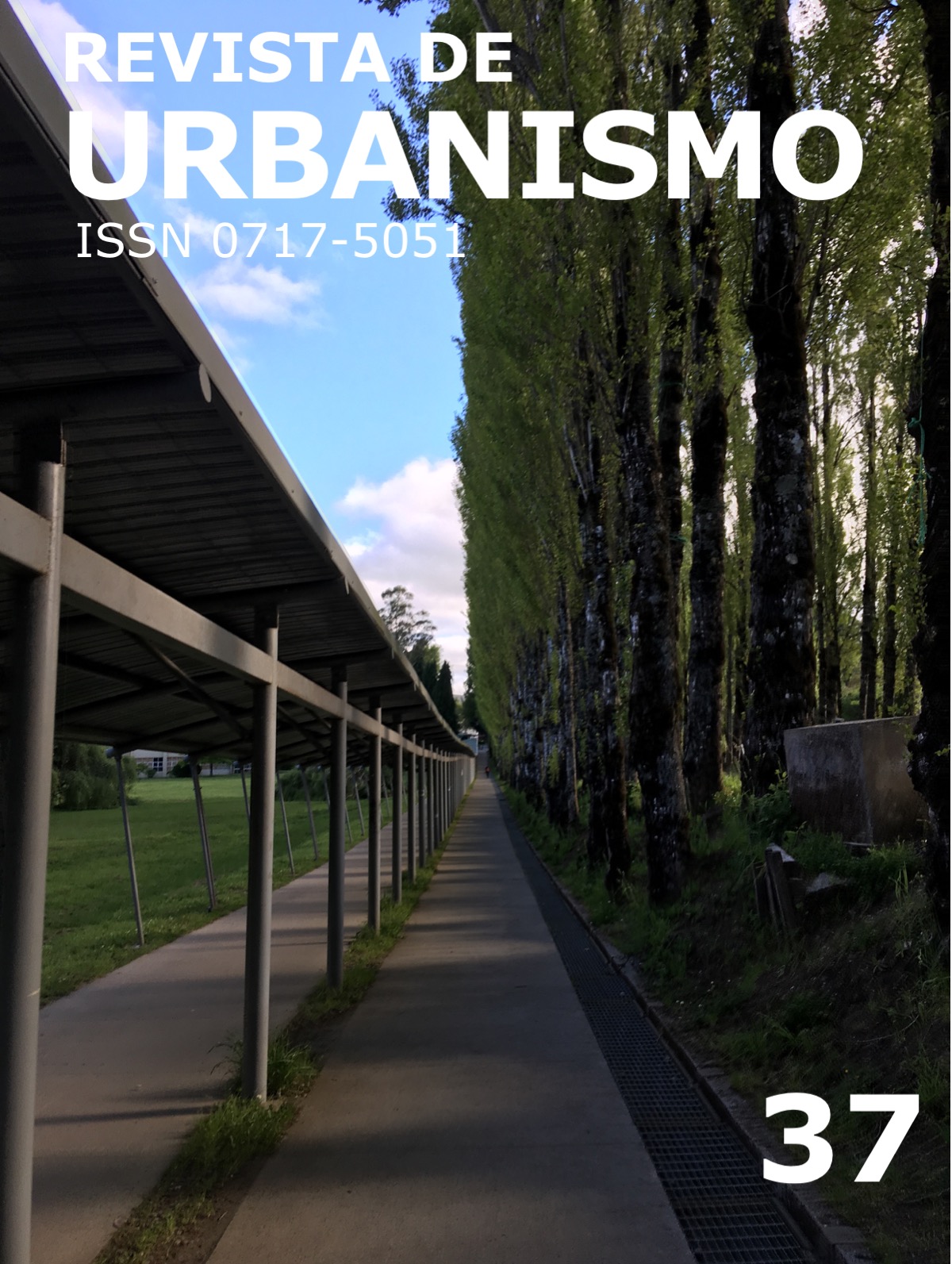Modelling of the change of land use in Comalcalco, Tabasco, México
DOI:
https://doi.org/10.5354/0717-5051.2017.47986Keywords:
cellular automata, Comalcalco, environmental planning, Land Change Modeler, Markov Chains, TabascoAbstract
The land use change in Comalcalco, Tabasco, México, was modeled on the effect of the growth of anthropogenic activities on natural coverages. A spatial analysis was done using the Land Change Modeler (LCM) and exchange rates were calculated. During 2000-2010, 8,391 ha of hydrophilic vegetation and 1,048 ha of water bodies were lost, due to the accelerated growth of 8,391 ha of agricultural use and 810 ha of urban areas. He noted the loss of 3,050 ha of pasture and the increase of 1,415 ha of mangrove. The Markov Chains and the Cellular Automata projected a scenario (2030) where 544 ha of hydrophilic vegetation, 1,048 ha of water bodies and 3,050 of pastureland were lost, due to the increase of 2,425 ha of agricultural use, 1,415 ha of mangrove and 1.110 of the urban area. Spatial analysis and projection highlight the importance of protecting hydrophilic vegetation, water bodies and increasing mangrove areas through an environmental planning that formally establishes zoning defined as: Protected Natural Area, Conservation, Priority Conservation and Utilization, as indicates the environmental management program.Downloads
Published
How to Cite
Issue
Section
License
El envío y evaluación de material recibido por Revista de Urbanismo supone que los autores conocen y aceptan las siguientes condiciones:
• Los autores retienen los derechos de copia (copyright) y ceden a la revista el derecho de primera publicación del trabajo, bajo licencia Creative Commons Attribution License, que permite a terceros utilizar lo publicado siempre que hagan referencia al autor o autores del trabajo y a su publicación en esta revista. Esta obra está bajo una Licencia Creative Commons Atribución-No Comercial-SinDerivar 4.0 Internacional.
• Los autores son libres de realizar otros acuerdos contractuales para la distrbución no exclusiva del artículo que publiquen en esta revista (como puede ser incluirlo en una colección institucional o publicarlo en un libro), siempre que indiquen claramente la publicación original del trabajo en esta revista.
• Los autores liberan expresamente al Departamento de Urbanismo de la Facultad de Arquitectura de la Universidad de Chile, de cualquier responsabilidad por cualquier infracción legal, contractual o reglamentaria, que eventualmente cometa o hubiere cometido en relación a la obra, obligándose a repararle a la institución todo daño resultante de la infracción de los derechos mencionados con anterioridad. Se permite y anima a los autores a publicar su trabajo en Internet (por ejemplo en páginas institucionales o personales) en forma de “working paper” o “preprint” de forma previa y durante el proceso de revisión y publicación, ya que puede conducir a intercambios productivos y a una mayor y más rápida difusión del trabajo publicado.





